In the world of signage, ADA signs hold a significant place. These signs are not just ordinary signs as they play a crucial role in ensuring accessibility and inclusivity for individuals with disabilities. Understanding the importance of ADA signs is essential, not only to comply with legal requirements but also to create an welcoming environment for everyone.
Understanding ADA Signs
ADA, which stands for the Americans with Disabilities Act, was enacted in 1990 to protect the rights of individuals with disabilities. Under this act, certain guidelines and regulations were established to ensure equal opportunities and accessibility in various aspects of public life, including signage.
ADA signs are specifically designed to provide important information in a format that is accessible to individuals with disabilities. These signs are required in public spaces such as offices, hospitals, educational institutions, and government buildings. The purpose of ADA signs is to assist people with disabilities in navigating their surroundings, accessing facilities, and receiving essential information. These signs can be found in a variety of locations, such as restrooms, floor numbers, conference rooms, storage rooms, changing rooms, exam rooms, electrical rooms, break rooms, IT rooms, mechanical rooms, utility rooms, kitchens, and many more.
Key Features of ADA Signs
ADA signs have several distinctive features that make them easily recognizable and understandable for individuals with disabilities. These features include:
- Contrasting Colors: ADA signs often utilize high contrast colors to enhance visibility. This helps individuals with visual impairments distinguish the sign from its surroundings.
- Tactile Elements: Raised characters and Braille are common tactile elements found on ADA signs. The raised characters allow individuals with visual impairments to feel the text, while Braille provides information in a tactile format for those who read it.
- Pictograms: Pictograms, or universally understood symbols, are frequently used on ADA signs to convey information quickly. These symbols help overcome language barriers and facilitate communication.
- Non-Glare Surfaces: ADA signs are designed with non-glare surfaces to minimize reflection and ensure readability for individuals with visual impairments.
- Proper Mounting Heights: ADA guidelines specify the appropriate mounting height for signs to ensure they are easily reachable and readable for people with disabilities, including those using wheelchairs or mobility aids.
Compliance with ADA Regulations
To ensure compliance with ADA regulations, it is crucial to understand the specific requirements for ADA signs. These requirements cover various aspects, including sign design, size, color contrast, font type and size, mounting location, and more. Failure to comply with ADA regulations may result in legal consequences and hinder the accessibility of your facility for individuals with disabilities.
Working with a professional sign company like AJ Signs, who is well-versed in ADA guidelines is highly recommended. We can assist you in creating custom ADA signs that meet all the necessary requirements while aligning with your brand identity and design preferences.
Conclusion
ADA signs go beyond legal compliance. They demonstrate a commitment to inclusivity, accessibility, and equal opportunities for all individuals, regardless of their abilities. By incorporating ADA signs into your facility, you are fostering an environment where everyone feels welcome and can navigate with ease. Understanding their importance and complying with ADA regulations can have a positive impact on your facility, brand reputation, and the overall experience of visitors. If you would like to order ADA signs for your business, contact AJ Signs today at sales@ajsigns.com.



